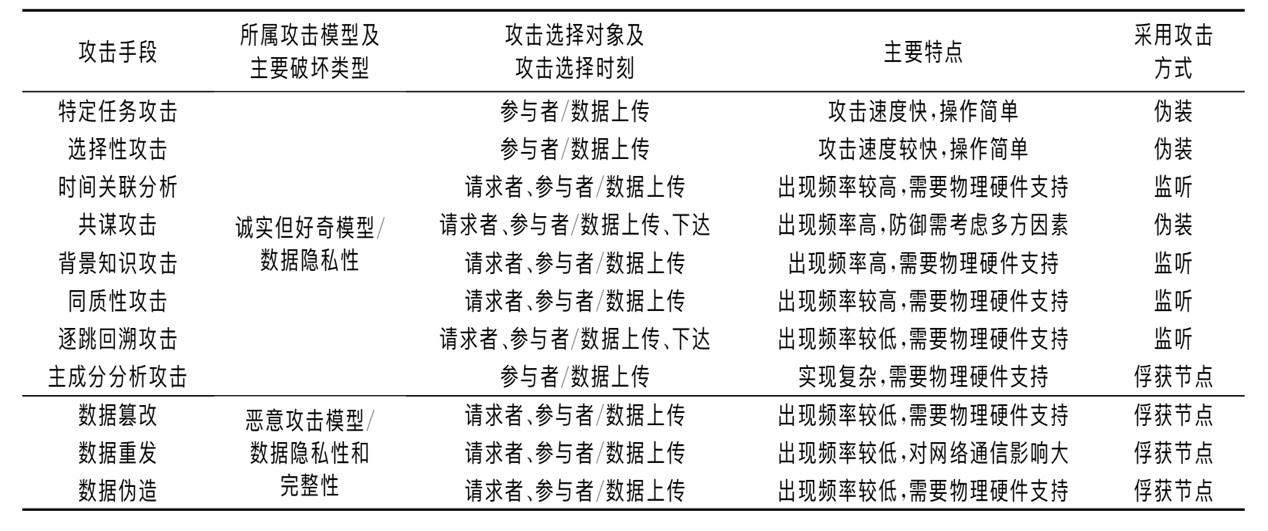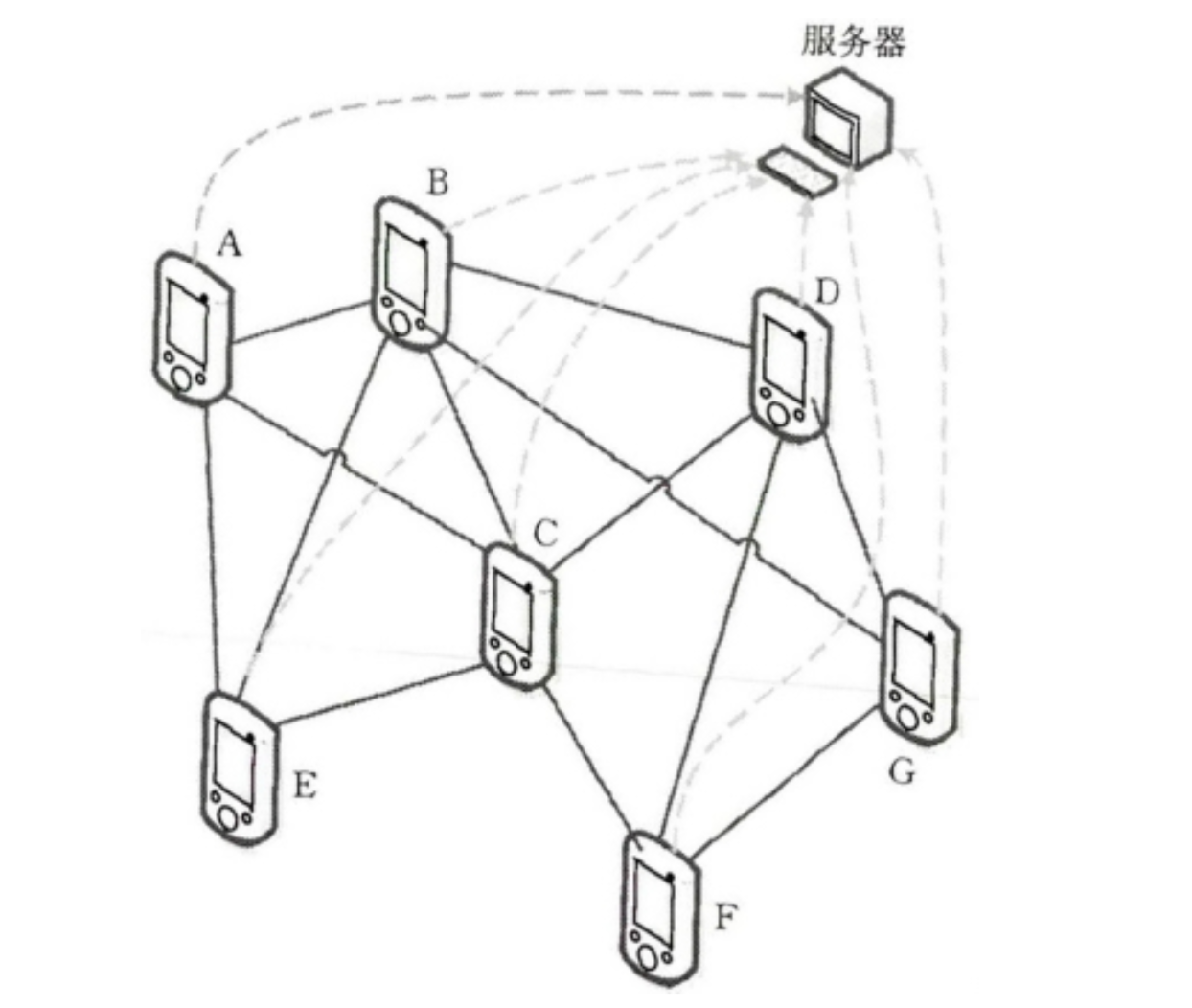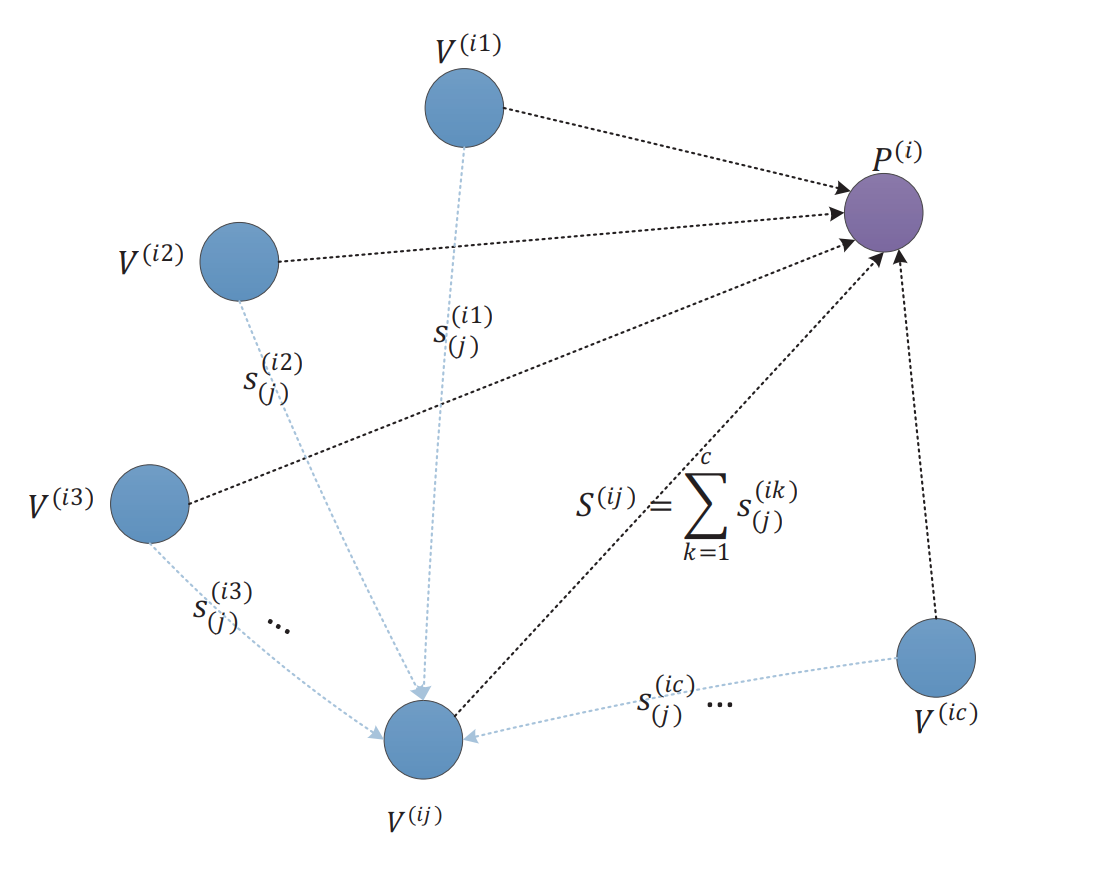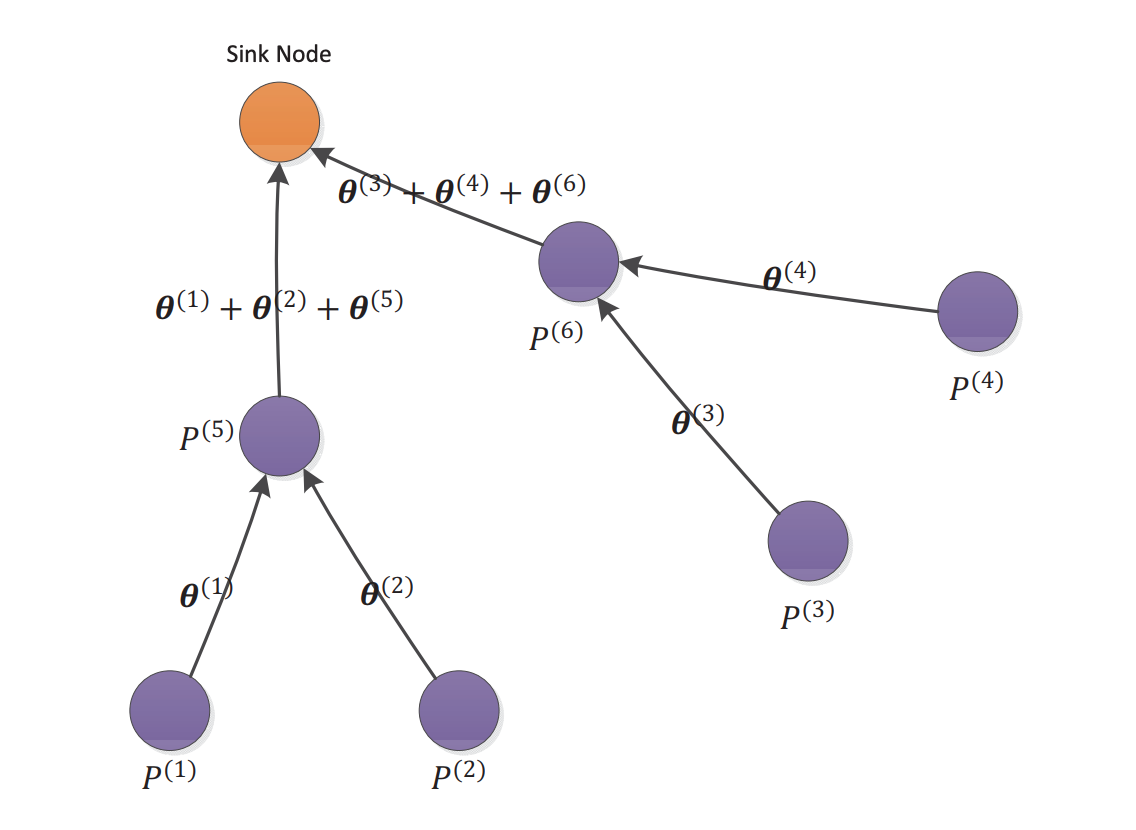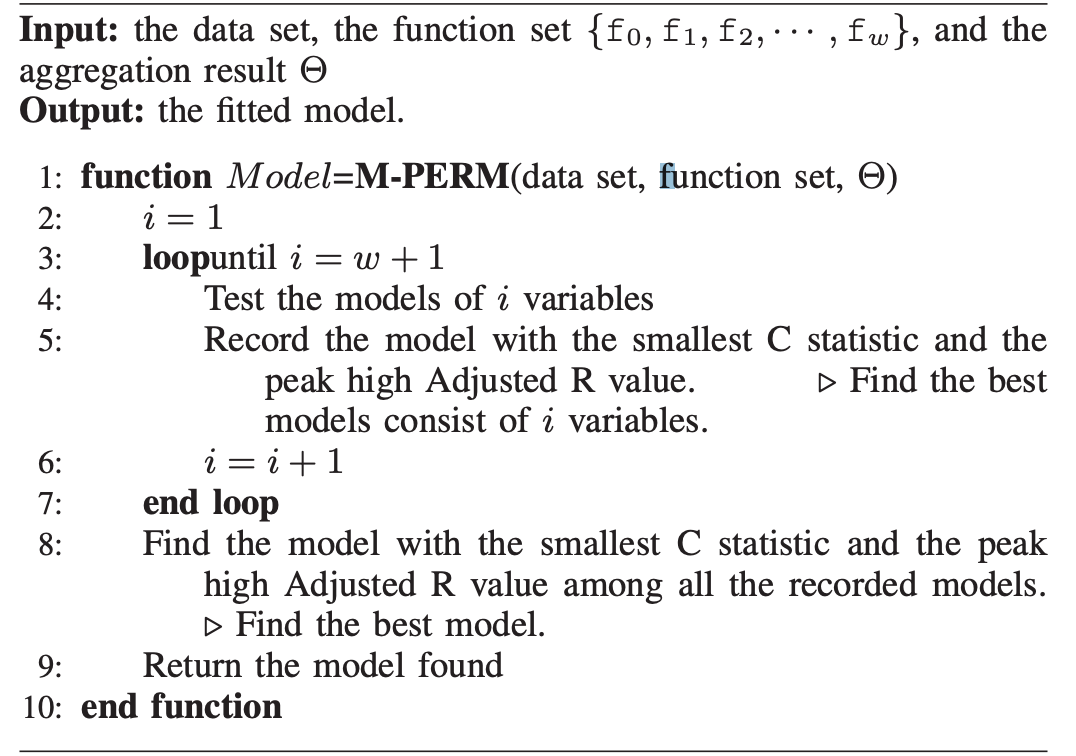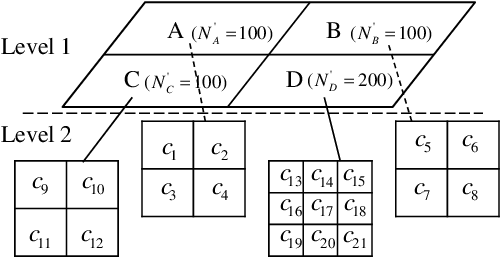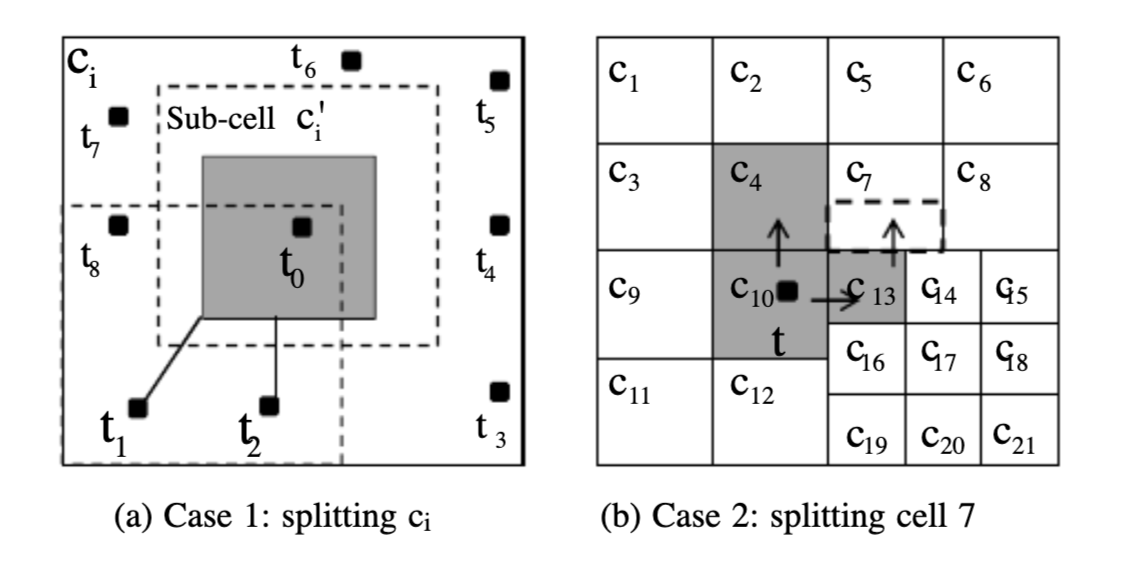移动群智感知中的隐私保护研究毕业论文
2020-04-18 20:00:30
摘 要
随着嵌入式设备、物联网、无线传感网络等技术的提出与快速发展,车载设备、智能手机等移动终端形成了众多的传感器,它们拥有强大的感知、计算、通信和存储能力。通过一系列激励机制,利用众多传感器去完成特定的感知任务,这样的思想称为群智感知,但是用户在完成感知任务后上传数据的过程中容易泄露敏感数据,破坏隐私保护,因此如何在保证感知效率的前提下保护用户的隐私是一个亟待解决的问题。
本文介绍了群智感知的概念、模型结构、应用,简单描述了攻击者的攻击模型和手段,对比了各种攻击手段的特点和攻击方式,接下来详细列举了现存的几种隐私保护算法并进行简单的算法描述后分析各自的优缺点,并在此基础上提出了一种基于深度强化学习的隐私保护算法,然后描述了该算法的基本思想和流程,再进行数学建模分析此算法的可行性和高效性,最后利用TensorFlow进行编码测试,进行实验结果对比分析后提出了一些仍然存在需要改进的问题和今后的研究方向。
关键词:群智感知,隐私保护,深度强化学习,马尔科夫决策过程,TensorFlow
Research on Privacy Protection in Mobile Crowd Sensing
Abstract
With the advancement and rapid development of technologies such as embedded devices and wireless sensor networks, mobile terminals like in-vehicle devices and smart phones, have formed numerous sensors that have powerful sensing, computing, communication and storage capabilities. Through a series of incentives, using a variety of sensors to accomplish a specific sensory task is a strategy that named Crowd Sensing. Nevertheless, users may easily disclose sensitive data when uploading data after completing the sensing task. Therefore, how to protect the privacy under the premise of ensuring the efficiency is an exigent issue to be resolved.
This paper introduces the structure , fundamental concept and application of Crowd Sensing, then establish the models of assailant and compare their features. It enumerates several existing privacy protection algorithms and take an analysis on their relative merits. Furthermore, the paper proposes a privacy protection algorithm based on deep reinforcement learning and illustrate its structure and process. Then the feasibility and efficiency of the algorithm are analyzed by mathematical modeling and we use TensorFlow to code, test and analyze the result. Finally, some existing issues and research interests in future are proposed.
Keywords: Mobile Crowd Sensing; Privacy Protection; Deep Reinforcement Learning; Markov Decision Process; TensorFlow
目 录
摘 要 I
Abstract II
第一章 绪论 1
1.1课题背景 1
1.2国内外研究现状 1
1.3课题主要研究内容 2
1.4本章小结 2
第二章 群智感知架构介绍 3
2.1 群智感知基本概念简介 3
2.2 群智感知基本结构简介 3
2.3 群智感知网络的典型应用 6
2.4本章小结 6
第三章 群智感知中的隐私保护综述 7
3.1 群智感知面临的隐私泄露威胁 7
3.2攻击者主要攻击方式介绍 7
3.2.1 典型的网络模型 7
3.2.2 攻击模型分析 8
3.3 本章小结 10
第四章 隐私保护策略及算法详解 11
4.1 基于分组统计的策略 11
4.1.1 HP3算法详解 11
4.1.2 M-PERM算法详解 12
4.2 基于K-匿名的策略 16
4.3 基于第三方验证的策略 18
4.3.1 PEPSI算法详解 18
4.3.2 LotS算法详解 19
4.4 本章小结 20
第五章 基于深度强化学习的位置隐私保护策略 21
5.1 基本系统模型 21
5.2 最小抑制率问题 23
5.2.1 任务抑制分析 23
5.2.2 候选集和匿名集的定义 23
5.2.3 候选集与匿名集的计算 24
5.2.4 复杂度分析 26
5.3 马尔科夫链和马尔科夫决策过程 26
5.3.1 马尔科夫链 26
5.3.2 马尔科夫决策过程 27
5.3.3 时间差分法和Q-learning算法 29
5.4 任务决策问题MDP化 30
5.5 基于DQN的抑制率最小化算法 31
5.5.1 DQN算法详解 31
5.5.2 抑制率最小化算法 33
5.5.3 实验与结果分析 35
5.5.4 该算法的不足和今后的研究方向 37
5.6 本章小结 37
第六章 总结 38
参考文献 39
致谢 42
第一章 绪论
1.1课题背景
近年来,物联网、无线传感网络技术发展以及各种移动设备比如智能手机、平板电脑、车载设备的普及使得用户有了非常强大的感知、计算和通信能力。这些已经很大程度上改善了用户的日常生活,但是也剩余了很多的资源,而群智感知的思想正好可以充分地利用这些资源。
群智感知是一种将普通用户的移动设备当做基本感知单元,通过无线通信网络形成一个群智感知网络,利用该网络实现感知任务的分发和感知数据的收集,从而完成复杂、大规模的社会感知任务的技术[9]。群智感知网络在面对数据量大,数据价值密度低的情况尤为适合,在交通检测、健康检测、环境检测、社交领域具有宽广的发展空间。
以上是毕业论文大纲或资料介绍,该课题完整毕业论文、开题报告、任务书、程序设计、图纸设计等资料请添加微信获取,微信号:bysjorg。
相关图片展示:
